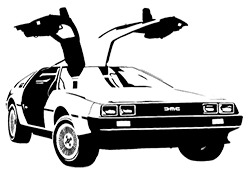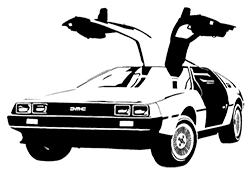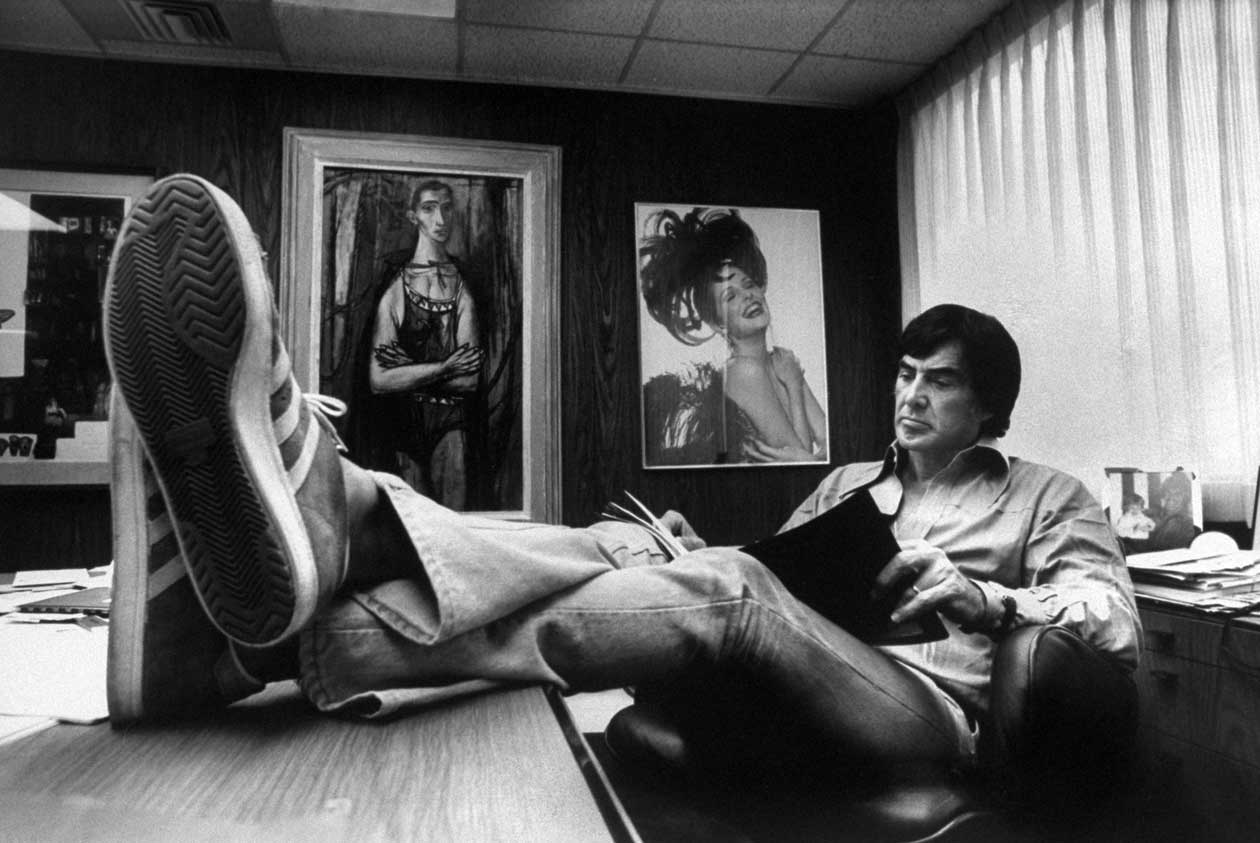John DeLorean





DeLorean was born on January 6, 1925, in Detroit, Michigan,DeLorean attended Detroit's public grade schools and was then accepted into Cass Technical High School. World War II interrupted his studies. In 1943, DeLorean was drafted for military service and served three years in the U.S. Army and received an honorable discharge. He returned to Detroit to find his mother and siblings in economic difficulty. He worked as a draftsman for the Public Lighting Commission for a year and a half to improve his family's financial status, then returned to Lawrence to finish his degree. However, he found the work boring and moved on to work for the Factory Equipment Corporation. DeLorean states in his autobiography that he sold life insurance to improve his communication skills. A foreman at Chrysler's engineering garage recommended that DeLorean apply for work at Chrysler and DeLorean agreed. Chrysler ran a post-graduate educational facility named the Chrysler Institute of Engineering, which allowed DeLorean to advance his education while gaining real-world experience in automotive engineering. DeLorean's time at Chrysler lasted less than a year, ending in 1953 when he was offered a salary of US$14,000 at Packard Motor Company under the supervision of the engineer Forest McFarland. Packard was experiencing financial difficulties when DeLorean joined, because of the changing post-World War II automotive market. While Ford, General Motors, and Chrysler had begun producing affordable mainstream products designed to cater to the rising postwar middle class, Packard clung to their pre-World War II era notions of high-end, precisely engineered luxury cars. This exclusive philosophy was to take its toll on profitability. However, it proved to have a positive effect on DeLorean's attention to engineering detail, and after four years at Packard he became McFarland's successor as head of research and development. In 1956, DeLorean accepted a salary offer of US$16,000 with a bonus program, choosing to work at GM's Pontiac division as an assistant to chief engineer Pete Estes and general manager Semon "Bunkie" Knudsen. Knudsen was the son of the former president of GM, William Knudsen, who was called away from his post to head the war mobilization production effort at the request of President Roosevelt. Even as General Motors experienced revenue declines, Pontiac remained highly profitable under DeLorean, and despite his growing reputation as a corporate maverick, on February 15, 1969, he was again promoted. This time it was to head up the prestigious Chevrolet division, General Motors' flagship marque. By this time, DeLorean earned an annual salary of US$200,000, with yearly bonuses of up to US$400,000. DeLorean left General Motors in 1973 to form his own company, the DeLorean Motor Company. A two-seat sports car prototype was shown in the mid-1970s called the DeLorean Safety Vehicle , with its bodyshell designed by Italdesign's Giorgetto Giugiaro. The car entered into production as the DeLorean. The car's body distinctively used stainless steel and featured gull-wing doors. It was powered by the "Douvrin" V6 engine developed by Peugeot, Renault, and Volvo. Production delays meant the DeLorean did not reach the consumer market until January 1981 , and in the interim, the new car market had slumped considerably due to the 1980 US economic recession. This was compounded by unexpectedly lukewarm reviews from critics and the public, who generally felt the uniqueness of the DeLorean's styling did not compensate for the higher price and lower horsepower relative to other sport coupes on the market. While interest in the DeLorean quickly dwindled, competing models with lower price tags and more powerful engines sold in record numbers during 1980-81 in spite of the ongoing recession. By February 1982, more than half of the roughly 7,000 DeLoreans produced remained unsold, DMC was US$175 million in debt, and the Dunmurry factory was placed in receivership. On October 19, 1982, DeLorean was charged by the US government with trafficking cocaine following a videotaped sting operation. DeLorean successfully defended himself at trial with the procedural defense of police entrapment. DeLorean's lawyers successfully argued that the FBI and DEA had unfairly targeted and illegally entrapped DeLorean. In the years before his death, DeLorean planned to resurrect his car company and gave interviews describing a new vehicle called the DMC2. According to his family, he spent a lot of time in his last years working on this new venture. DeLorean died at Overlook Hospital in Summit, New Jersey, from a stroke, on March 19, 2005 at the age of 80.